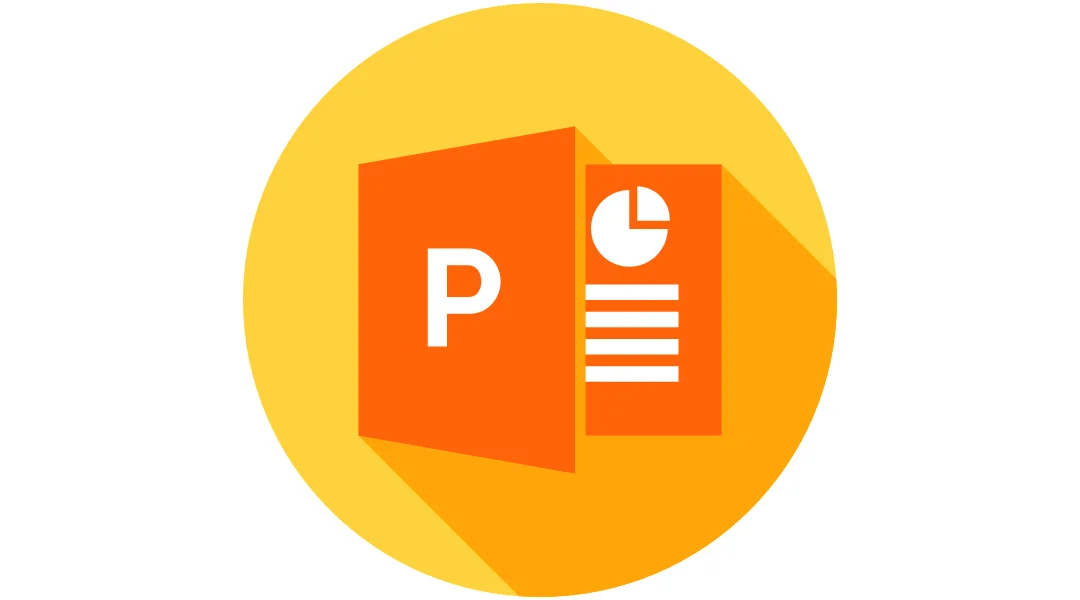Can You Easily Convert PowerPoint to Video?
In an era where digital content reigns supreme, have you ever found yourself wondering how to transform your static PowerPoint presentations into dynamic, shareable video content? Imagine the impact of combining the persuasive power of visuals and the compelling nature of video. It's not just a thought experiment; it's a practical solution to elevate your presentations to the next level. But how exactly do you make that leap from slides to video? Is it a simple process, or does it require technical wizardry? And once you've converted your PowerPoint, what steps can you take to ensure the video maintains the quality and effectiveness of your original presentation?
The answers to these pressing questions lie within the treasure trove of methods and tips we've meticulously compiled. From the cutting-edge AI Studios Service by DeepBrain AI to PowerPoint's own built-in features, and even exploring the realms of third-party video converters, we've left no stone unturned. Perhaps you're a seasoned professional facing technical snags, or maybe you're a curious novice venturing into the world of video for the first time—our guide is designed to assist users of all skill levels. With our additional tips and tricks, you'll not only learn how to convert your presentations but also how to enhance them into quality videos that captivate your audience. So, let's dive in and unlock the full potential of your PowerPoint presentations.
Method 1: Using DeepBrain AI's AI Studios Service
DeepBrain AI's AI Studios service offers a unique approach to converting PowerPoint presentations into video by utilizing artificial intelligence. This service can provide a virtual presenter that will narrate your slides, making the video more interactive and engaging. Here's how to use DeepBrain AI's AI Studios:
Troubleshooting Tips for DeepBrain AI Studios
- Narration Sync Issues: If the AI narration is not in sync with the slides, revisit the script and timing settings to make adjustments.
- AI Presenter Customization: If the virtual presenter does not appear as expected, use the customization options to tweak the appearance and behavior.
- Technical Issues: For any technical difficulties encountered on the platform, reach out to DeepBrain AI Studios' customer support for assistance.
By incorporating DeepBrain AI's AI Studios service, you can create a dynamic and innovative video presentation that stands out. The AI-powered virtual presenter adds a layer of professionalism and interactivity that can captivate your audience.
Method 2: Using PowerPoint's Built-in Feature

PowerPoint 2010 and later versions have a built-in feature that allows you to save your presentation as a video file. Here's how to use it:
Method 3: Using a Third-Party Video Converter

If you prefer or need additional features that PowerPoint's built-in converter doesn't offer, you can use a third-party video converter. Here's a general guide using a hypothetical tool called "PPTVideoConverter":
Troubleshooting Tips
Additional Tips and Tricks

- Record Narration: To make your video more engaging, consider recording a narration for your slides before converting to video.
- Customize Slide Timings: Practice and set custom timings for each slide to ensure the video flows smoothly.
- Compress Media: Use PowerPoint's built-in media compression feature to reduce the file size before converting to video.
- Use a Reliable Converter: Choose a reputable third-party converter with good reviews to avoid issues with conversion quality.
How to Turn PPTs into Quality Videos?

By following the methods and tips outlined above, you can successfully convert your PowerPoint presentations into high-quality videos. Whether you choose to use DeepBrain AI's AI Studios for a more interactive and AI-driven experience, PowerPoint's own built-in feature for simplicity and convenience, or a third-party video converter for additional functionality, you have the tools you need to create a video that will engage and inform your audience.
Remember to pay attention to the finer details such as narration, slide timings, and video quality to deliver a polished and professional presentation. With these skills in your toolkit, you're well-prepared to share your ideas and presentations with a wider audience, making your content accessible and enjoyable in a format that's increasingly favored in the digital age.




